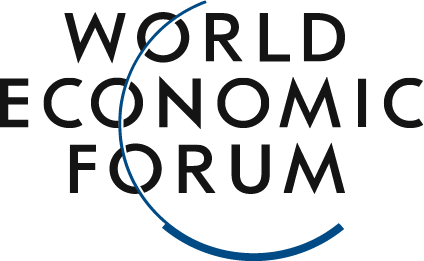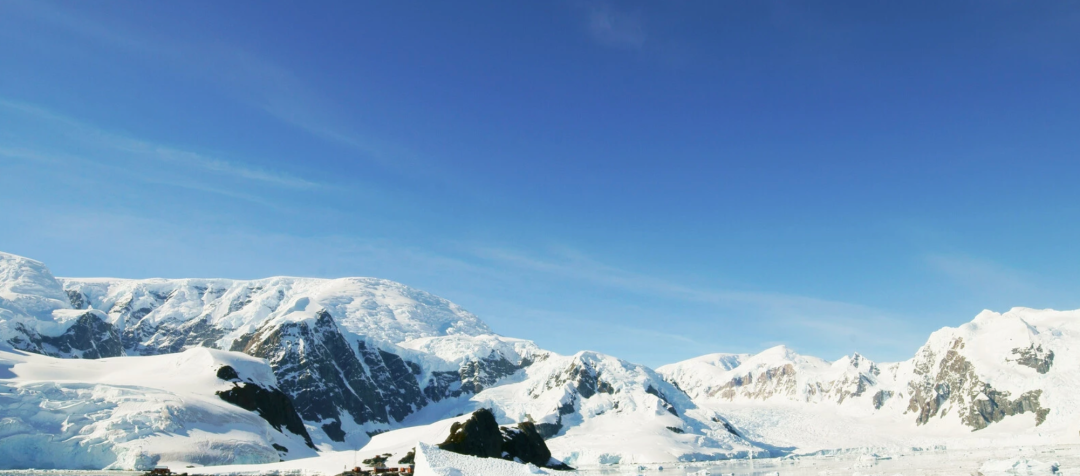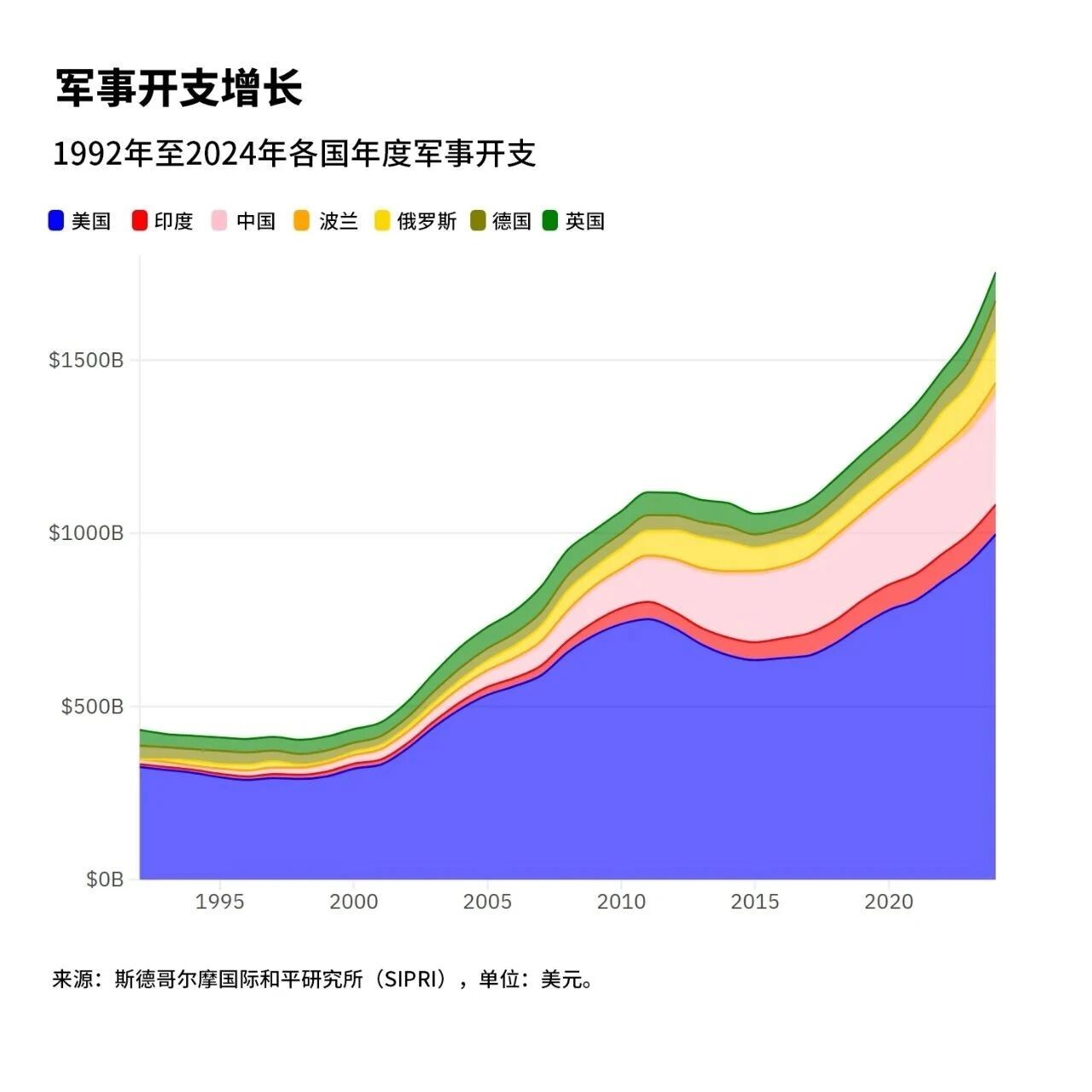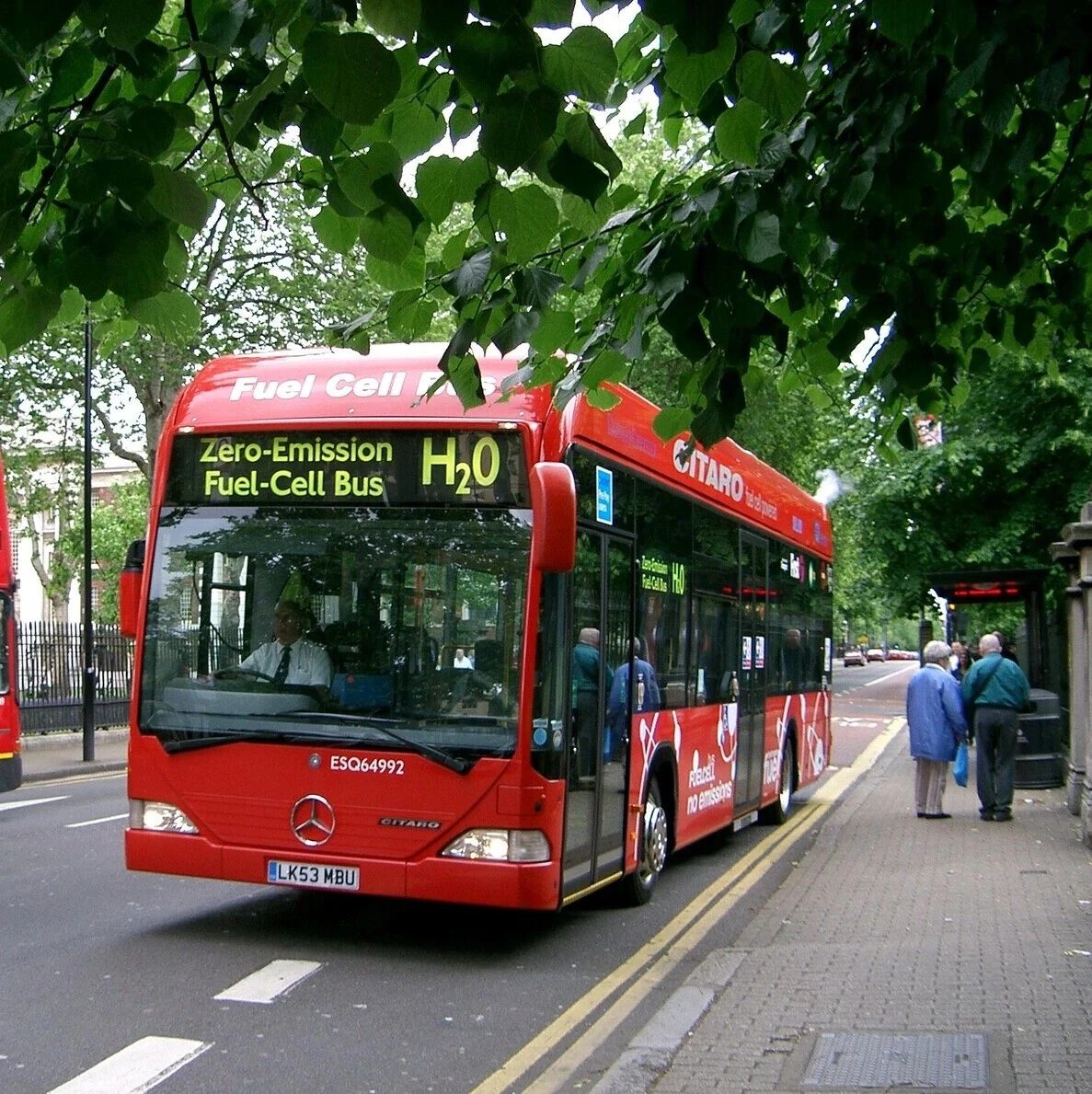Black carbon is a major factor in Arctic warming, accelerating the melting of ice and snow.
Image source:Getty Images/iStockphoto
Pam Pearson
Chairperson of the International Cryosphere Climate Initiative
Helen Millman
World Economic Forum Hoffman Scholar, Polar Researcher at the University of Exeter
The Arctic is warming four times faster than the rest of the planet, profoundly impacting regions beyond the Arctic itself.
Black carbon is a major factor in Arctic warming, as its deposition on snow and ice surfaces accelerates their melting.
Reducing black carbon emissions offers multiple benefits, including improved air quality, enhanced public health, and greater resilience against climate change.
The Arctic is warming four times faster than the rest of the planet. But the Arctic isn’t just a fragile, beautiful ecosystem—what’s happening up thereExtreme events won’t stay confined to the Arctic—warming in the Arctic will have global repercussions.Extreme weather patterns in Eurasia and North America are linked to the disappearance of highly reflective sea ice: Beyond more prolonged droughts or devastating storms, the shrinking temperature difference between the Arctic and lower latitudes is also causing jet streams to become unstable, leading to more frequent outbreaks of frigid Arctic air that now affect regions beyond the Arctic Circle.The melting of Greenland's ice sheet is accelerating, and growing evidence suggests that Greenland has now surpassed land-based glaciers to become the single largest contributor to global sea-level rise. Meanwhile, the thawing of permafrost is not only threatening infrastructure across the entire Arctic region but has also begun releasing carbon—primarily in the form of carbon dioxide and methane—emissions that already rival those of major polluters like Japan, one of the world’s top ten emitters.However, a key yet underutilized solution could help slow the Arctic's destructive warming trend—andIt can also bring numerous mutual benefits: reducing black carbon emissions.Global issues, local solutionsBlack carbon consists of tiny particles that can float in the atmosphere and be carried thousands of kilometers away. Although black carbon affects atmospheric…The impact of warming remains a hot research area, but the significant role black carbon plays in accelerating climate change when it settles on snow and ice surfaces is undeniable.Black carbon not only accelerates the melting of snow and ice—anyone who’s witnessed "dirty snow" rapidly disappearing along busy city streets can attest to this—but once the ice and snow are gone, the reflectivity of both land and ocean surfaces decreases. As a result, more solar radiation is absorbed, leading to warmer temperatures in the surrounding areas.Some black carbon deposits originate locally in the Arctic, from sources like shipping, wood and coal stoves, as well as combustion at oil and gas drilling platforms. However, the majority of black carbon found in the Arctic actually comes from distant regions—primarily from agricultural and forest fires, along with highly polluting stove emissions.Therefore, the magic of tackling black carbon emissions cannot be overlooked: it brings significant co-benefits for the health of local communities—especially women, children, and the elderly—while also being relatively low in cost.Agricultural burning and wildfires are the largest global sources of black carbon emissions. The U.S. Forest Service, the International Maize and Wheat Improvement Center, and the Climate and Clean Air Coalition’s Agricultural Initiative all support projects that promote fire-free alternative methods—theseThis method can improve regional air quality, boost crop yields, and enhance crops' resilience to extreme weather conditions.These methods also help eliminate the risk of wildfires spreading when straw is burned in fields, especially now that climate warming has led to a rise in both the frequency and scale of wildfires worldwide. Strengthening international cooperation to prevent wildfires can further contribute to reducing these emissions.The Growing Threat of Black CarbonBlack carbon pollution from household biomass-fuelled stoves (coal, wood, and dung) harms not only the Arctic but also human health—particularly that of women and children who live close to these stoves. It’s estimated that household air pollution contributes to an average of 3.2 million deaths each year, including more than 237,000 children under the age of 5.However, the most significant black carbon emissions occur in the Arctic and high-latitude regions. Black carbon emissions from fossil fuel extraction and exploration activities in the Arctic and its surrounding areas are on the rise. One study estimates that 42% of annual black carbon emissions in the Arctic come from gas combustion.There are several ways to address this issue, such as capturing natural gas instead of burning it. But in a world that urgently needs to phase out fossil fuels, continuing these activities near the Arctic would deliver a double blow—increasing both greenhouse gas emissions and black carbon emissions—threatening the Arctic and the global climate system.By 2050, the Arctic region is expected to experience at least one ice-free summer, and the expansion of Arctic shipping routes will further boost black carbon emissions—a significant and alarming issue. From 2013 to 2023, the number of vessels entering Arctic waters is projected to rise by 37%. The Arctic Council’s Arctic Monitoring and Assessment Program has found that even a modest increase in shipping traffic—just 1% to 2%—could lead to a sharp spike in black carbon emissions in the Arctic, particularly in the fragile marginal zones where summer sea ice is already on the brink of disappearing.Although the International Maritime Organization recently banned the use of heavy fuel oil (HFO) in the Arctic region, 74% of ships will continue to rely on HFO in the coming years. Fortunately, cleaner alternatives like distillate fuels are already available, and Norway has successfully implemented a stringent HFO ban near the Svalbard archipelago, with hefty fines for violations. Meanwhile, several shipping companies have pledged to completely avoid the Arctic altogether, as part of the Ocean Conservation Society’s “Arctic Shipping Pledge.”Collaborating to forge a brighter future for the ArcticThe World Economic Forum and the Clean Air Fund launched the Alliance for Clean Air at the 2021 United Nations Climate Change Conference (COP26). This alliance brings together business leaders who have collectively committed to measuring and reducing air pollution across their companies' value chains. The initiative emphasizes investing in innovation and, through collaboration with policymakers and industry peers, advocates for tackling air pollution—including black carbon—while championing the social, economic, and climate benefits of such efforts.According to the Paris Agreement, keeping global warming within 1.5°C and reducing greenhouse gas emissions remain top priorities for slowing down Arctic warming. However, unlike the recent surge in various geoengineering schemes, addressing black carbon emission sources will not carry negative side effects—it will instead deliver significant co-benefits to local communities. Moreover, nearly all of these measures—primarily air quality improvement initiatives—are well-established, relatively low-cost, and can be implemented immediately.Reducing black carbon emissions can bring benefits to the Arctic region, local communities, entire regions, and even the global community—it’s one of the most achievable goals in effective climate action. The only question is: what are we waiting for?
The above content solely represents the author's personal views.This article is translated from the World Economic Forum's Agenda blog; the Chinese version is for reference purposes only.Feel free to share this on WeChat Moments; please leave a comment below the post if you’d like to republish.
Translated by: Sun Qian | Edited by: Wang Can
The World Economic Forum is an independent and neutral platform dedicated to bringing together diverse perspectives to discuss critical global, regional, and industry-specific issues.
Follow us on Weibo, WeChat Video Channels, Douyin, and Xiaohongshu!
"World Economic Forum"





